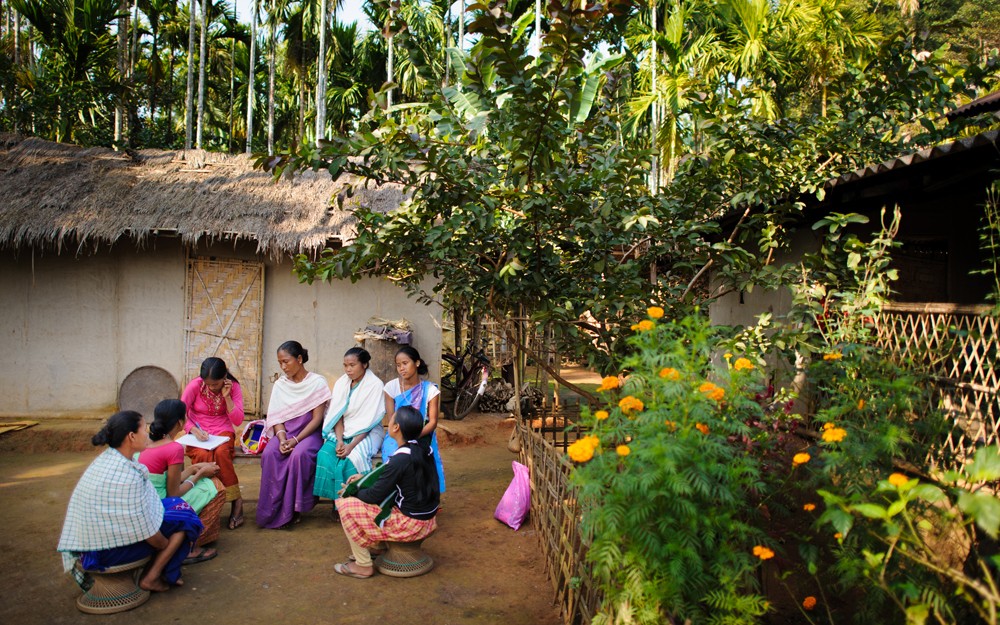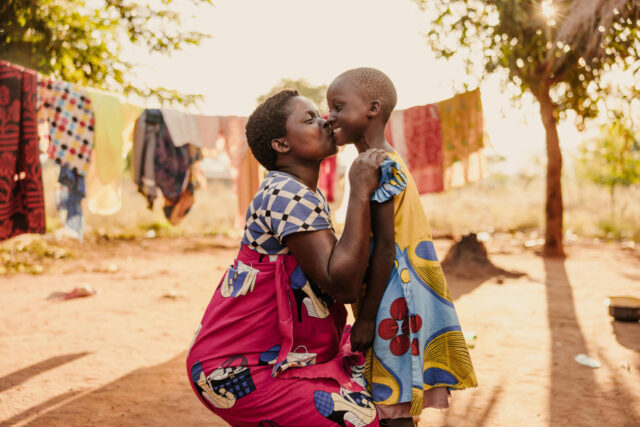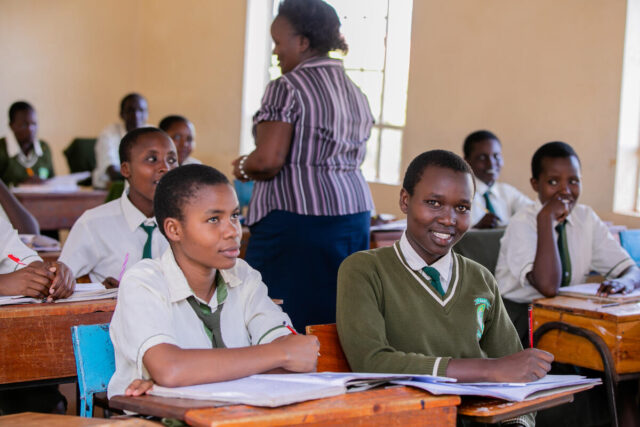If your mom had a day off, what would it look like? Breakfast in bed or dinner out? For most mothers, there are no days off, no time to take a break. So to pay tribute to moms and their contributions to the lives of children worldwide, join us in viewing portraits of their lives if mom had a day off …
 … who would watch you?
… who would watch you?
Neang Heang is vigilant in protecting her five daughters from child sex traffickers. Many Cambodian children are trafficked to Thailand, Malaysia, Korea, and Taiwan destined for brothels, factories, or domestic labor. Neang’s family lives on the street and the girls beg while mom, a widow, works in a karaoke bar to earn $3 a day. Occasionally, the girls attend a World Vision child protection program located nearby. (©2012 World Vision/photo by Jon Warren)
 … who would take care of the house?
… who would take care of the house?
Isnino Siyta fussed over her new dwelling, weaving together materials to cover a loving shelter for her family at Dadaab Refugee Camp in Kenya. Siyat, 22, fled drought-ravaged Somalia with her husband and sons during the worst of the Horn of Africa drought in 2011. They walked for 10 days in relentless heat to reach the camp, the world’s largest refugee settlement. (©2011 World Vision/photo by Jon Warren)
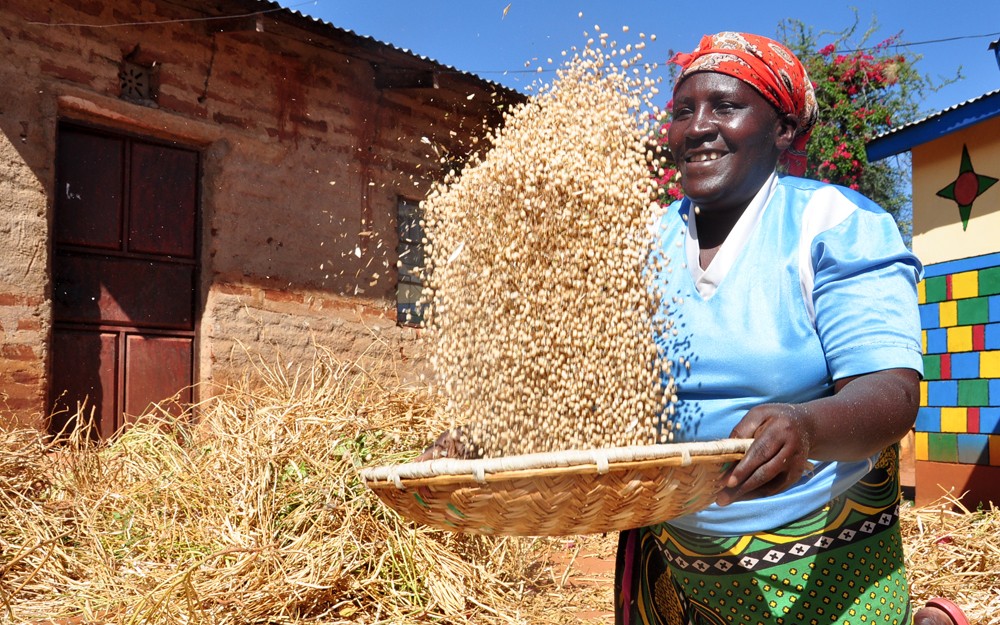
… what would you eat?
Tabitha Mutinda is a community liaison working with World Vision in her village in eastern Kenya. She is charged with helping farmers diversify crops, improve crop yields and nutrition, and increase family incomes. When harvest comes, Tabitha will join other farmers in her community and contribute drought-resistant seeds to a seed bank, so they and other struggling farmers have something to plant next season. (©2013 World Vision/photo by Lucy Murunga)
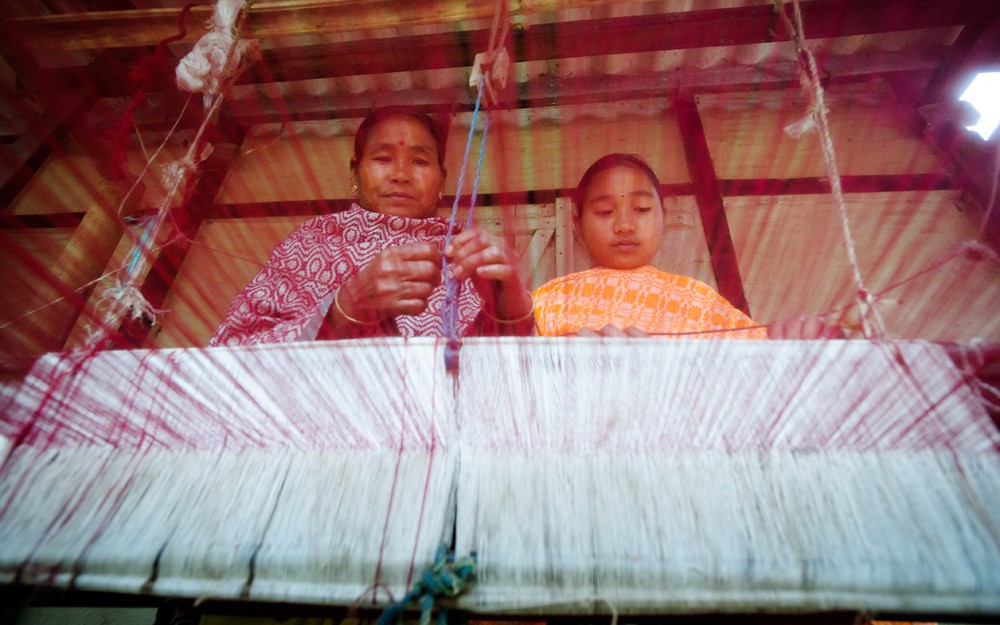
… what would you wear?
Nabami Junuka, 11, learns to weave colorful textiles from her mother, Mousumi Phangcho. The intricate weaving process creates clothes for the women and children in Nabami’s community of Amri, India. Nabami, a sponsored child, wants to be a doctor, and because of her father’s small rubber tree plantation — supported by World Vision — her family can afford to help her achieve her dream. (©2012 World Vision/photo by Jon Warren)
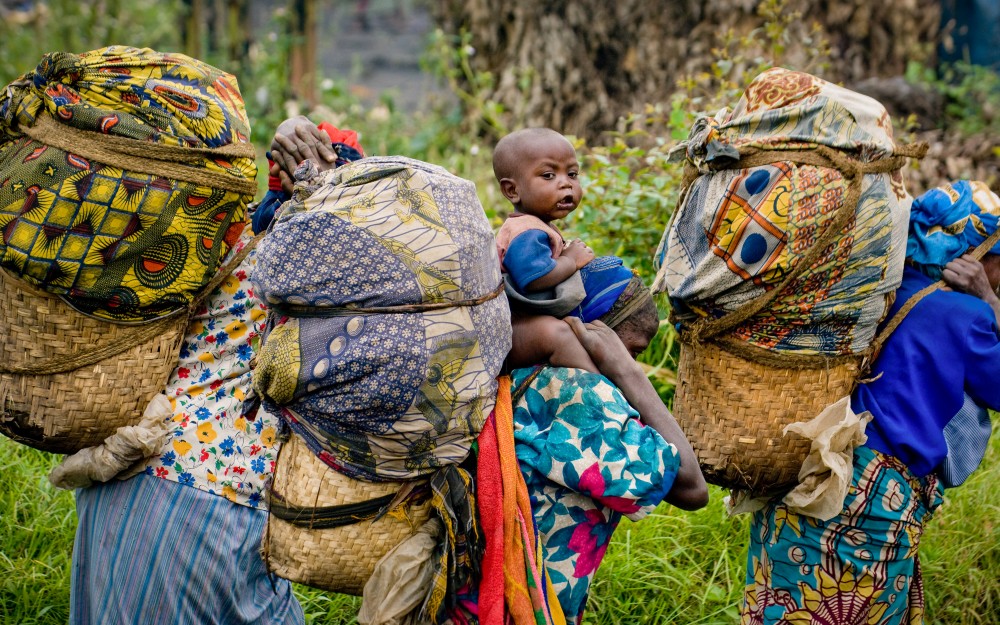
… who would carry you?
Legions of women across the Democratic Republic of Congo strap on massive loads of makala, a dry charcoal used for heating and cooking, and other goods to sell at markets. Each over-sized load can weigh up to 200 pounds. The women, known as the DRC’s human pack horses, walk daily for miles to get paid as little as a few dollars per day — just enough to buy rice or flour to feed their families. (©2012 World Vision/photo by Jon Warren)
… who would plan ahead for you?
Mothers in the Junali (moonlight) savings group in Amri, India, meet twice a month to discuss how to leverage their savings pool and team labor to earn money and re-invest it in other businesses, selling everything from piglets to papayas. One of many similar groups in the area, each member has a child sponsored through World Vision. (©2012 World Vision/photo by Jon Warren)
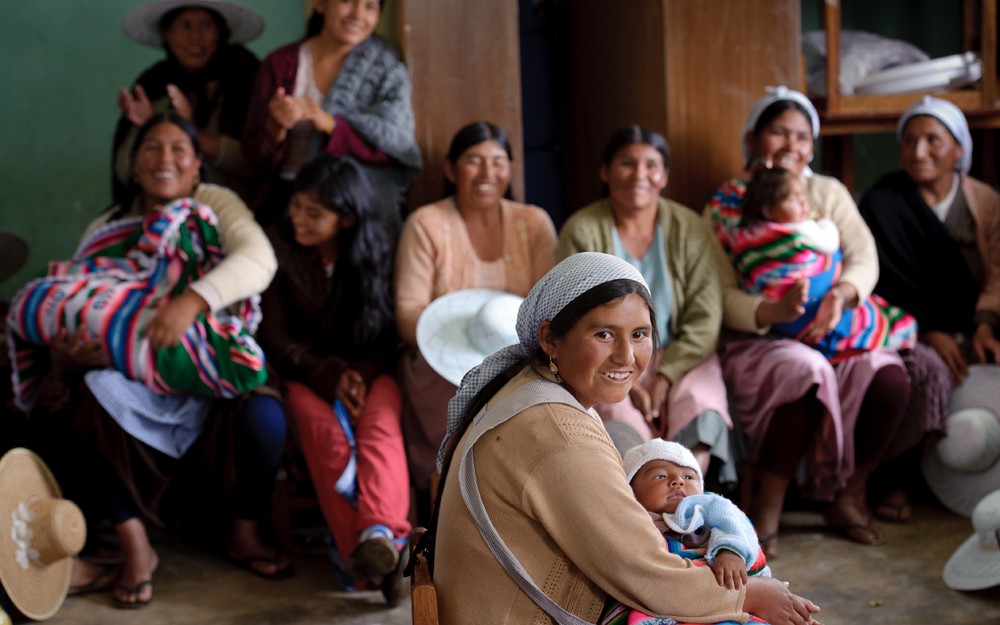
… who would care for you?
“In the countryside communities there is malnutrition because families don’t know how to feed their children,” says Elsa Castellon, a community health leader who guides other mothers in her Bolivian village in child nutrition and breast-feeding programs. “We have dreams,” she says. “We want to transform food and take it to other places and schools.” (©2011 World Vision/photo by Jon Warren)
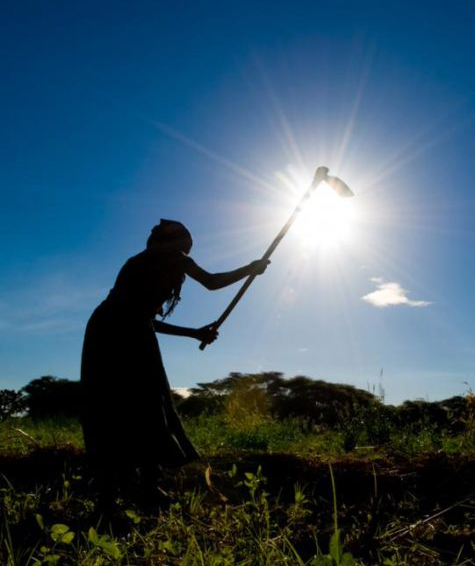
… who would feed you?
Dorcas Ayane’s family farm in Turkana, Kenya, is part of World Vision’s Moruleum Irrigation Scheme, which spans more than a thousand acres and serves more than 3,000 families in northwestern Kenya. Moruleum flourishes as an oasis in the desert, with lush, green vegetation and its children in school. (©2008 World Vision/photo by Jon Warren)
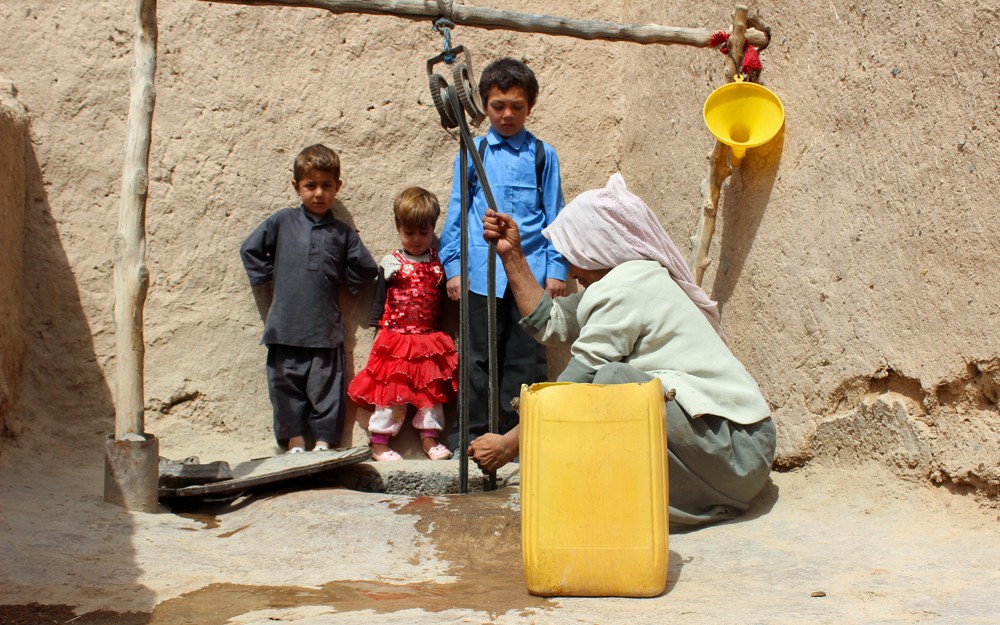
… what would you drink?
Even if they had water, it wouldn’t be clean — the water their grandmother gathers from this well in Afghanistan is salty. Worldwide, mothers walk great distances to gather water for their families, often from unclean sources. In this village, children miss school because of illness due to dirty water. “Before, in our village there were 10 wells,” says Arbab, a villager in Qala E Sharbat. “Now only five wells with salty water are available because the other five wells dried up and are not usable. We have to walk about 5 kilometers [3.1 miles] to gather water.” (©2013 World Vision/photo by Narges Ghafary)
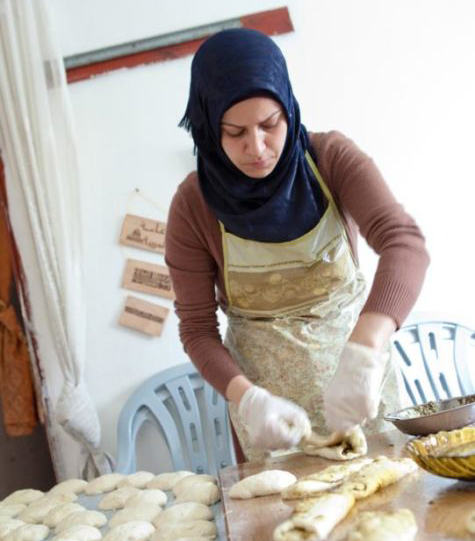
… who makes your favorite snack?
In West Jenin, West Bank, Manal lovingly makes savory turnovers to sell at local schools. Manal, a 33-year-old widow with four children, works at a World Vision-supported women’s center where she and her co-workers make each pastry by hand. School children have become so dependent on the savory blend of cheese, thyme, and sesame seeds they have been known to crowd the concession stands during recess. “It’s the most important thing to meet your children’s needs,” Manal says. (©2012 World Vision/photo by Paul Bettings)
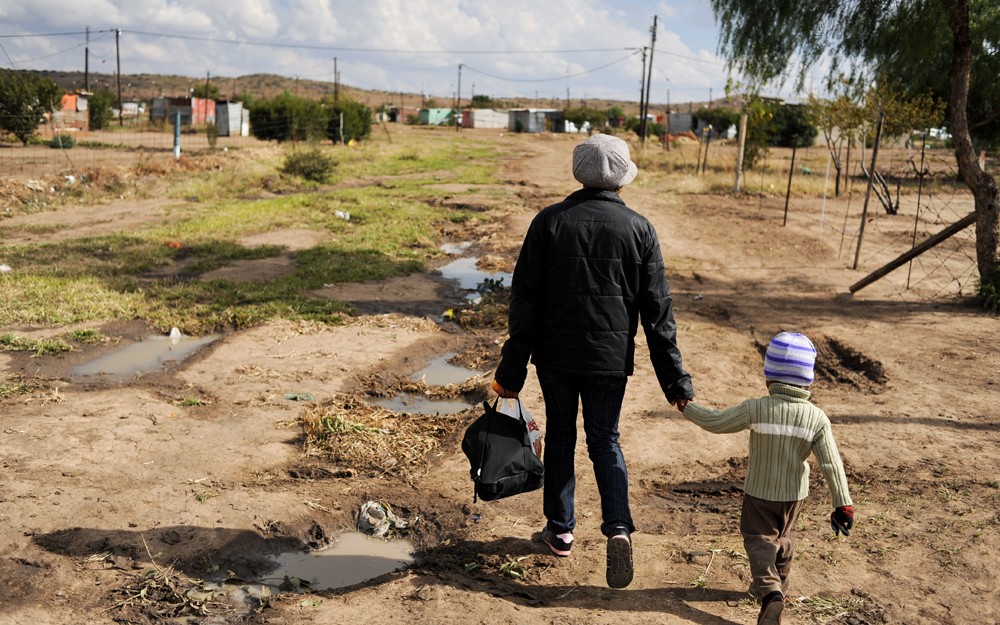
… who would walk you to school?
Sarah Masondo (name changed to protect identity), makes sure she accompanies her 3-year-old to school. The working mom completed World Vision-run vocational training and joined a women’s catering cooperative soon after, learning to cook lunch for 500 people and host elegant dinner parties. Life in Botshabelo, South Africa, is difficult as a single mother, and Sarah has the added stress of living with HIV. However, Sarah is overcoming the stigma attached to HIV in her community and learning to live a productive life for her and her son. (©2012 World Vision/photo by Eugene Lee)
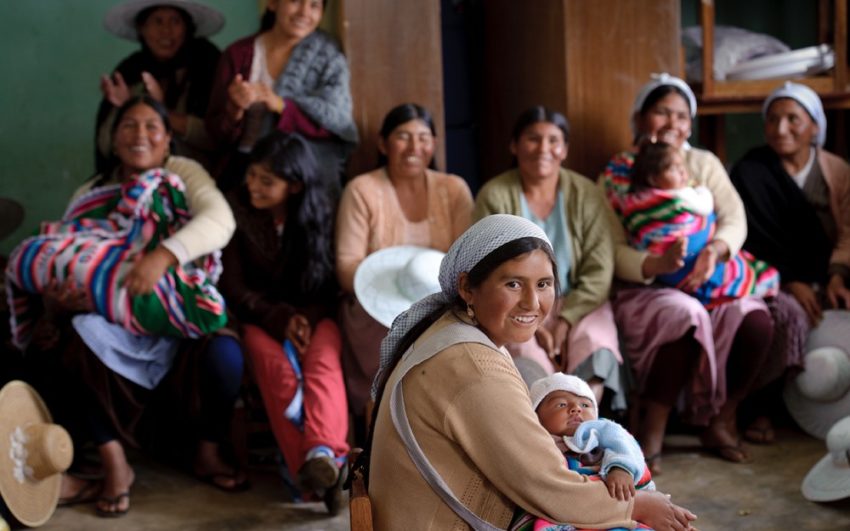
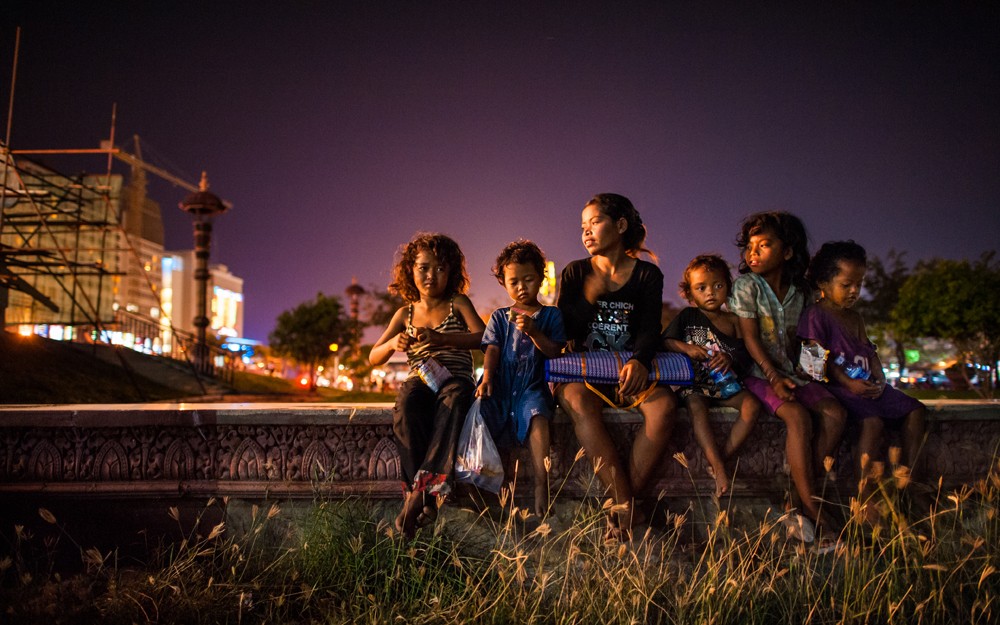 … who would watch you?
… who would watch you?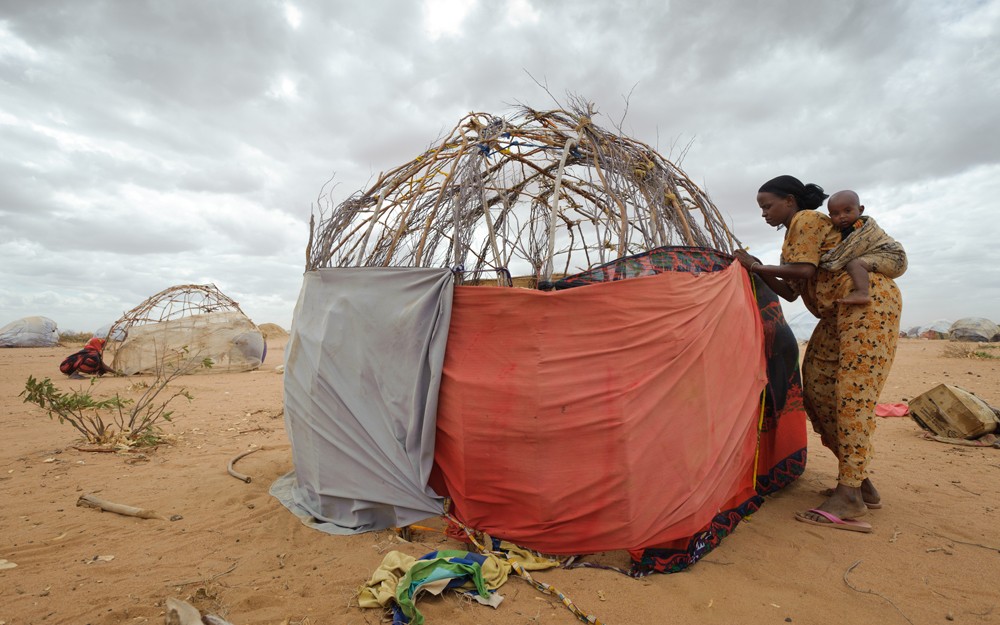 … who would take care of the house?
… who would take care of the house?